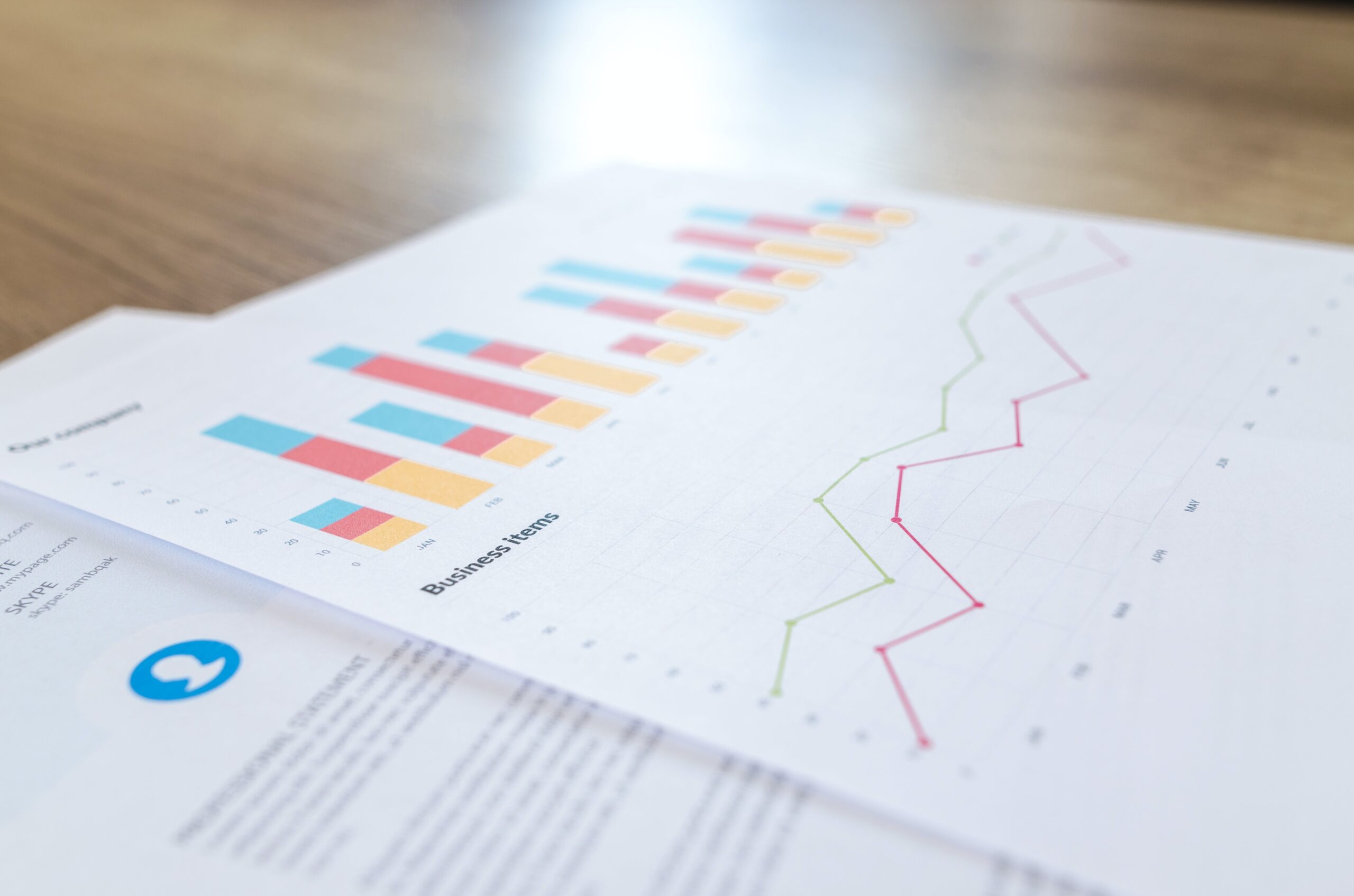In recent years, the imperative for a transformation in the costly and fragmented U.S. healthcare system has become increasingly evident. With over 50% of Americans covered by employer-sponsored health benefit plans, reforming the way employers provide health plans could be the initial stride toward constructing a system that aligns with the needs of both employers and employees. This sponsored report by Harvard Business Review Analytic Services, delves into how integrated health benefits platforms aspire to streamline benefits plans for employers, HR teams, and employees alike.
For Employers: Benefits as a Competitive Edge in a Fierce Market
This report guides readers through the evolving expectations of the modern workforce post the “Great Reshuffle” spurred by the Covid-19 pandemic. Simply offering basic health plans is no longer sufficient—highly valued employees seek comprehensive benefit packages addressing both mental and physical well-being, and they are willing to change jobs to find them.
Attracting and retaining top talent necessitates an agile benefits strategy that aligns with employees’ needs. Lauren Gottlieb, senior director of HR at EHE Health, emphasizes, “We want to make sure that we are ‘walking the walk’ when it comes to modernizing health care benefits for our own employees.”
Additional key insights from the report cover:
The shift from one-size-fits-all health plans among employers
Drivers behind the increasing demand for mental health care, encompassing coaching, counseling, and therapy
How integrated health benefits platforms empower employers to tailor competitive benefits packages by mixing and matching vendors and services
For HR Professionals: Saving Time Through Administrative Streamlining
The report explores how the use of an integrated health benefits platform, coupled with a self-funded medical plan, can simplify administrative tasks for stretched-thin HR teams. In a time of heightened workload, easing their responsibilities could significantly enhance the effectiveness of the company’s benefits packages.
Johnny Chang, director of benefits for Rivian Automotive, notes, “We now have much faster, more direct channels of communication, including phone, email, or chat. Whether we are dealing with eligibility or enrollment or payments, it’s all done correctly and accurately, which definitely puts less stress on my team.”
More insights from the report include:
How data and reporting from integrated health benefits platforms assist benefits teams in more accurate ROI calculations
Why some benefits teams save an average of 20 hours per week compared to working with other Third Party Administrators (TPAs)
How integrated health benefits platforms aid benefits professionals in plan administration, cost management, and seamless employee service provision
For Employees and Their Families: Maximizing Benefits
According to Harvard Business Review Analytics Services, top-tier health plans not only simplify tasks for benefits teams but also guide the workforce toward healthier, more productive lives.
Milt Ezzard, vice president of global benefits at Activision Blizzard, stresses, “It’s not enough to just put the right programs in place—you also have to optimize the experience.”
Additional insights in the report cover:
How certain integrated health benefits platforms offer access to member advocates, aiding members in navigating benefits, understanding the value of different offerings, and addressing queries
The role of personalization in enhancing the success of employer-led health and wellness campaigns

